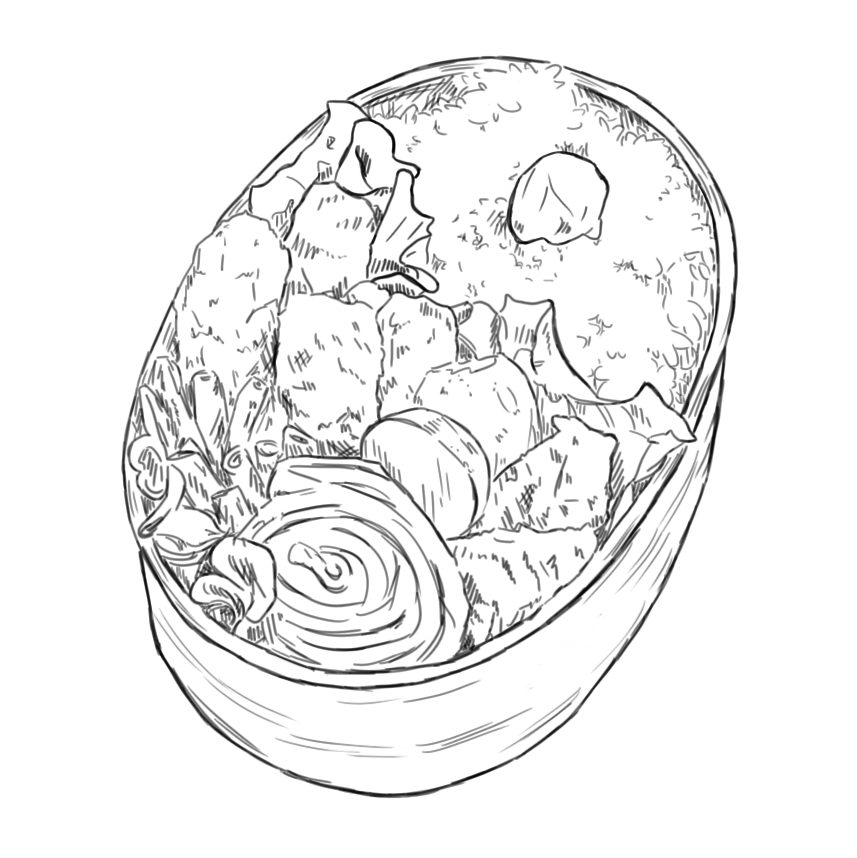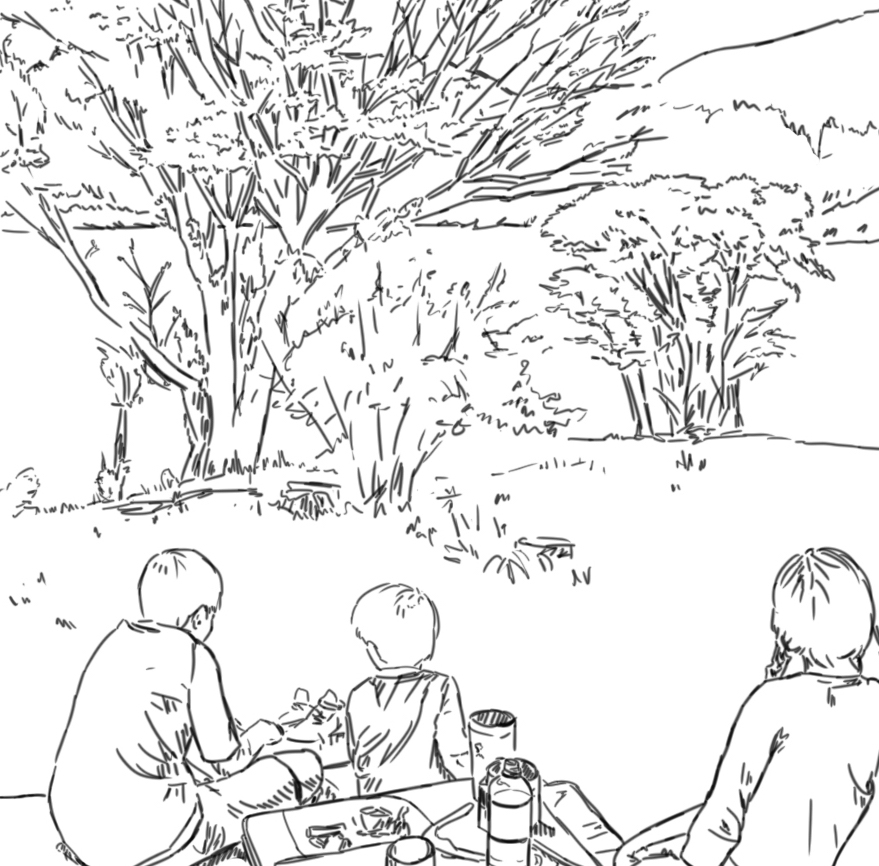
What is Shoku-iku?
Shoku-iku refers to food and nutrition education in Japan, but it is quite different from the food education you might receive in the United States or other western nations. While western eating guidelines tend to focus on diet science–technical calculations on when to eat, how to eat, and what not to eat–, Japanese shoku-iku takes a more nature-based philosophy on how to adopt a sustainable, well-balanced lifestyle.
4 Main Principles
1) Forget Calorie Counting, Focus on Your Stomach
While many weight loss or heart healthy diets encourage calorie counting as a way to control your eating, this strategy has proven ineffective for many people across borders and cultures. While calorie counting from a purely scientific sense works, it doesn’t take into account human psychology and the countless forces that dictate our behavior and habits. The first thing to recognize when thinking about a healthy eating lifestyle is that the base of our unhealthy habits tends not to be about ignorance or lack of information, but is primarily due to greater psychological forces that encourage us to overeat or eat unhealthy foods.
Most Japanese people, even the completely healthy and lean individuals, don’t know how many calories are in their food. They just don’t count it, because they understand when to stop eating. Our bodies are composed of incredible structures and systems, and are designed to instinctively know when to stop eating.
Rather than calories, Japanese shoku-iku teaches the importance of listening to our stomach and tuning into the fullness signals it provides. There is a phrase called harahachi-bunme, or 8/10ths your stomach, which means eating until you are 80% full. Neither starving or stuffing ourselves, this is the first overarching principle to follow in food education.

2) Eat Whole Foods
However principle one doesn’t work unless we are also following principle two, which is to have mainly plant-based meals focused on whole foods that are properly prepared.
Many processed foods today are designed to be hyperpalatable, meaning high fat and high sugar, to keep consumers coming back for them again and again. These processed foods do little to nourish our bodies, yet our bodies and minds are designed to endlessly seek them– unlike whole foods and properly prepared produce, these foods fail to trigger the satiation signals which tell our brains to stop eating. Instead, they do the exact opposite, which is encouraging us to eat more in increasingly higher quantities.
Our bodies can’t accurately gauge fullness with these processed foods, as we become undernourished yet overly stuffed with foods that can’t build or heal our bodies. They trigger hunger where there should be none, and sets off cravings and irritability when we can’t satisfy our pangs for more sugar or more fat. Only with principle two can we accurately follow principle one.
3) Variety Feeds the Soul
Principle three focuses on variety, keeping both our taste buds entertained as well as supplementing our body with a range of nutrients and minerals. While traditional western diets focus on what we should be cutting out– such as no sugar, low carb, or low fat– the Japanese philosophy toward healthy eating focuses on what we should be adding in.Variety is not just about adding different kinds of vegetables, proteins, carbs into one meal, although this is very crucial, but it is also about preparing these foods in different ways. Whether that be steamed, stewed, grilled, or fried, traditional Japanese meals are composed of many small dishes, prepared in different ways, often following the structure of ichiju-sansai, or ‘one soup three sides’. This way, we get a range of vegetables, carbohydrates, and protein in flavors that never bore us.

4) Share Your Meal With Others
Principle four focuses on the joy and our emotional needs from food. More than pure fuel for our physical bodies, food satisfies a deeper need for social connection and spiritual wellbeing. While fast food is convenient, the healthiest of salad desk lunches can’t compare with the satisfaction of a slow, sit down meal with colleagues or friends.
Humans are social beings, and so our well being depends on this connection and shared experience with others. Company and community doesn’t just emotionally feel nice, but it is physically incredibly important to our sense of wellbeing. Japanese philosophy on healthy eating is not just about what and when we eat, but it’s also about where and who we share our meals with.

We Need to Rethink the Way We Educate About Healthy Food
Japanese food and nutrition education works because it’s not about the calories and it’s not about reducing our diet into blandless “healthy” plain foods that we don’t enjoy. Instead the Japanese philosophy behind healthy eating is flexible enough that it’s tangible to our bodies and minds, without depriving us of the wonderful components about food that bring us joy. Food is not taught as the beast that needs to be tamed and controlled, but rather a part of our nature that is here to nurture and heal our bodies.
We are meant to enjoy ice cream as we are meant to enjoy roasted vegetables. What we are not are robots designed to eat off of a carefully calculated and weighted meal plan for the rest of our life, and so understanding this part about human nature is what will transform food education for the sustainable. So look past the food pyramid, and focus on these four principles which guide shoku-iku:
- Forget Calorie Counting, Focus on Your Stomach
- Eat Whole Foods
- Variety Feeds the Soul
- Share Your Meal With Others


If you enjoyed this article, please let me know by emailing me at kokumura@kakikata.space! I would love to hear your comments, thoughts, and am open to answer any questions you may have surrounding healthy eating and leading a well-balanced lifestyle.
With warmth,
Kaki 🌱